Luxembourg’s digital strategy, communications, regulation and education leaders gathered for two well-attended panels about the country’s connectivity strategy and the stakes for consumers.
The State of Connectivity panel was sponsored by MyConnectivity and chaired by Silicon Luxembourg on the second day of Luxembourg Internet Days at the Luxembourg Chamber of Commerce.
The first panel took the pulse of the country’s connectivity situation. Today consumers can access high-speed mobile connectivity in 90% of the country with the goal to reach 95% by 2024. Concerning the fixed internet network, more than 80% of households have the possibility to connect to fibre. But only 50% of subscriptions have fibre included in their packages. “There is still work to be done because a lot of people are still on copper and a lot of people will have to switch networks in future,” Luc Tapella of the ILR, the authority in charge of regulating telecommunications, explained.
“There is still work to be done because a lot of people are still on copper and a lot of people will have to switch networks in future”
Luc Tapella, ILR director
The entire copper network will disappear in 2030-2031 for energy efficiency reasons and so that resources can be concentrated on the higher speed technology, but it will be phased out by area. Households still using the copper network will be informed by letter when they need to make the switch. They can also see when copper will be switched off in their area by visiting the MyILR website. If concerned, they should contact their network provider to request a switch to either fibre or, if eligible, to piggyback off cable TV coaxial network which, when used for fixed internet access, can offer speeds of 1GB/s. “Thanks to the rollout of fibre and also the presence of the coaxial network, today we can say that 95% of the population has access to 1gs at home,” Tapella said.
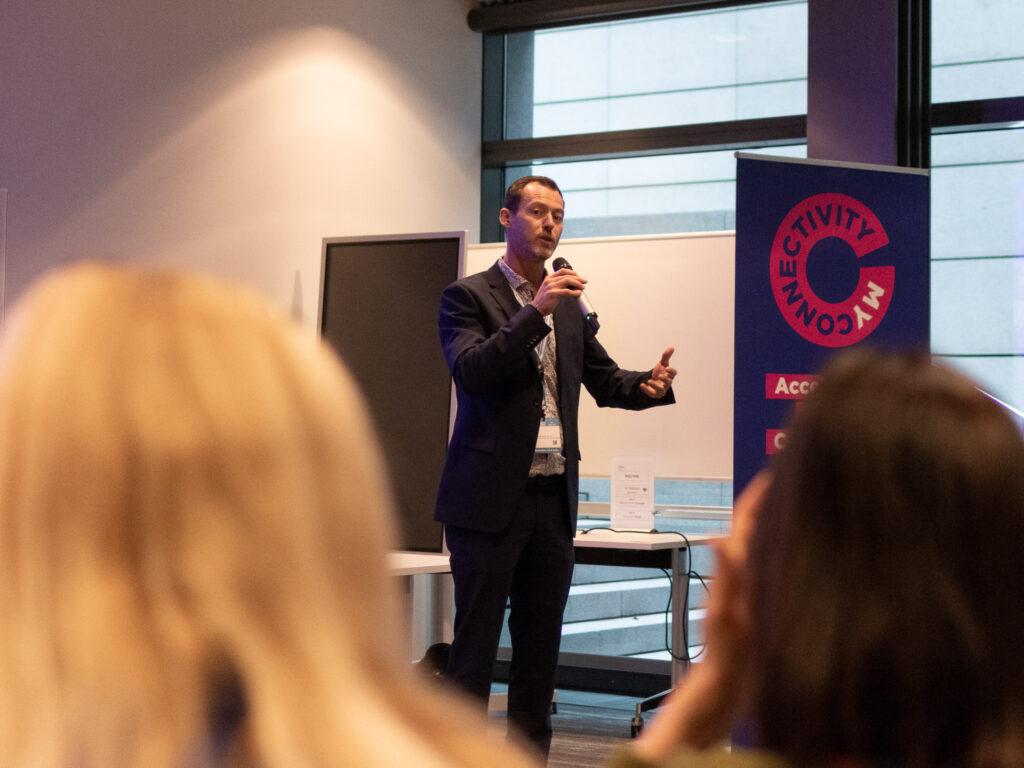
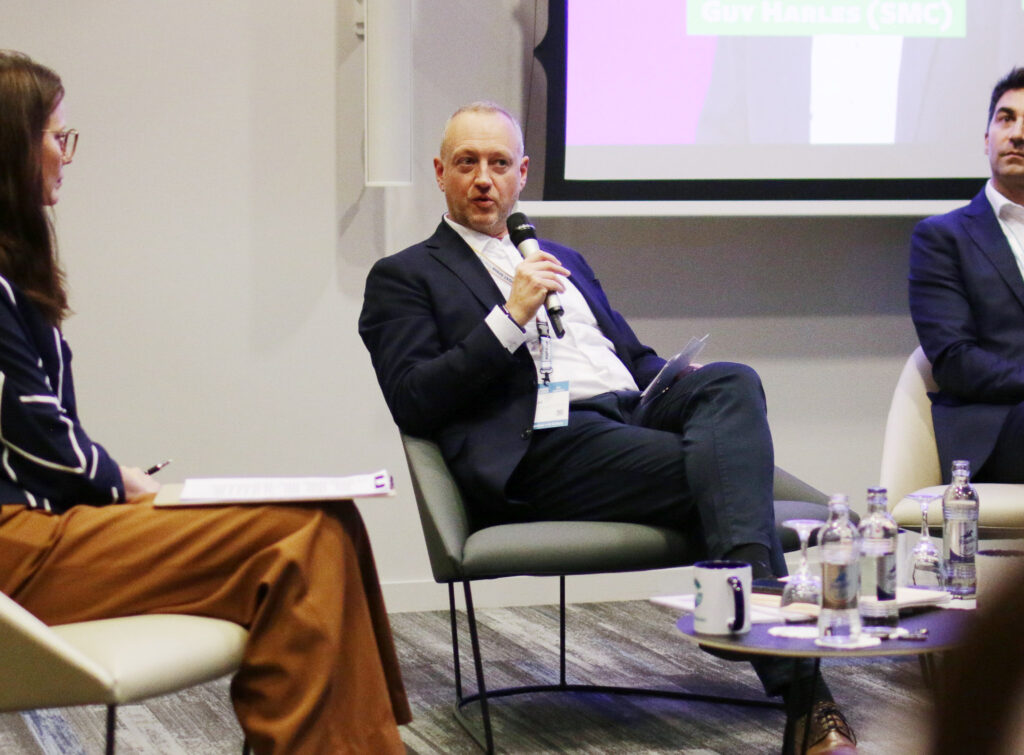
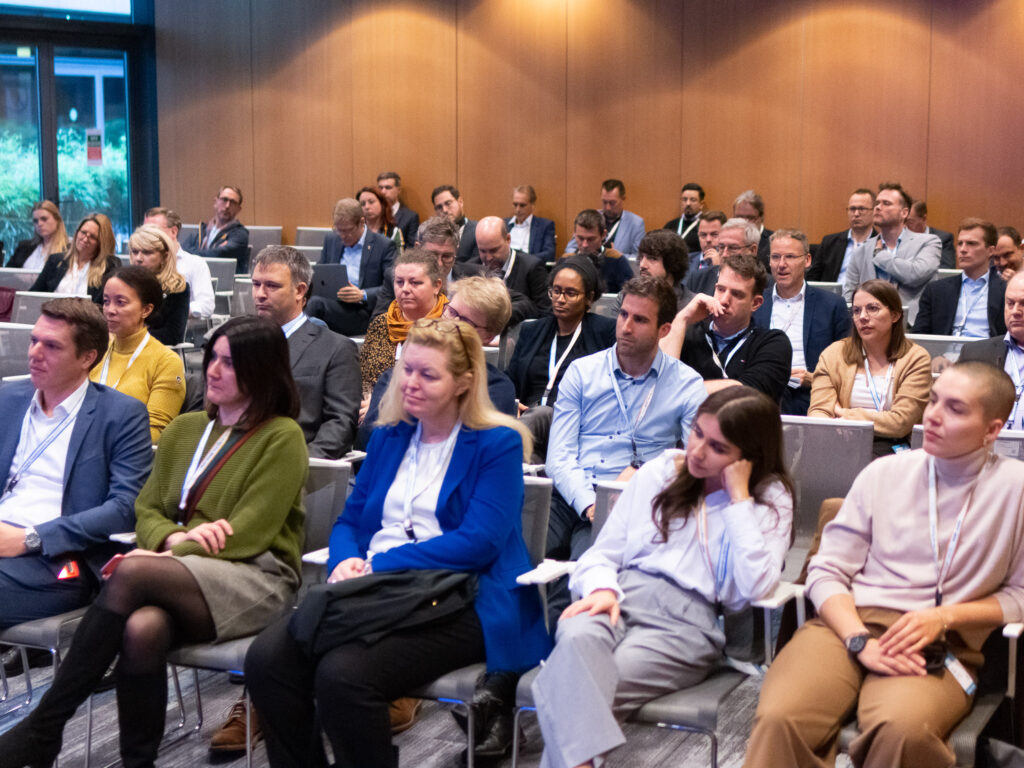
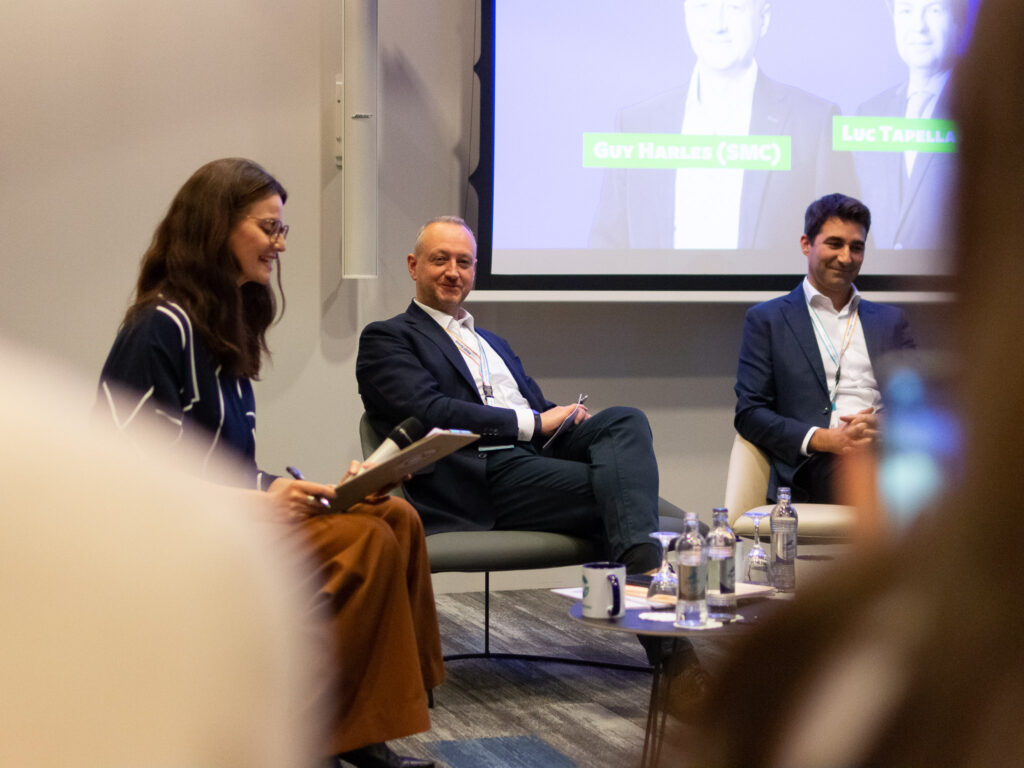
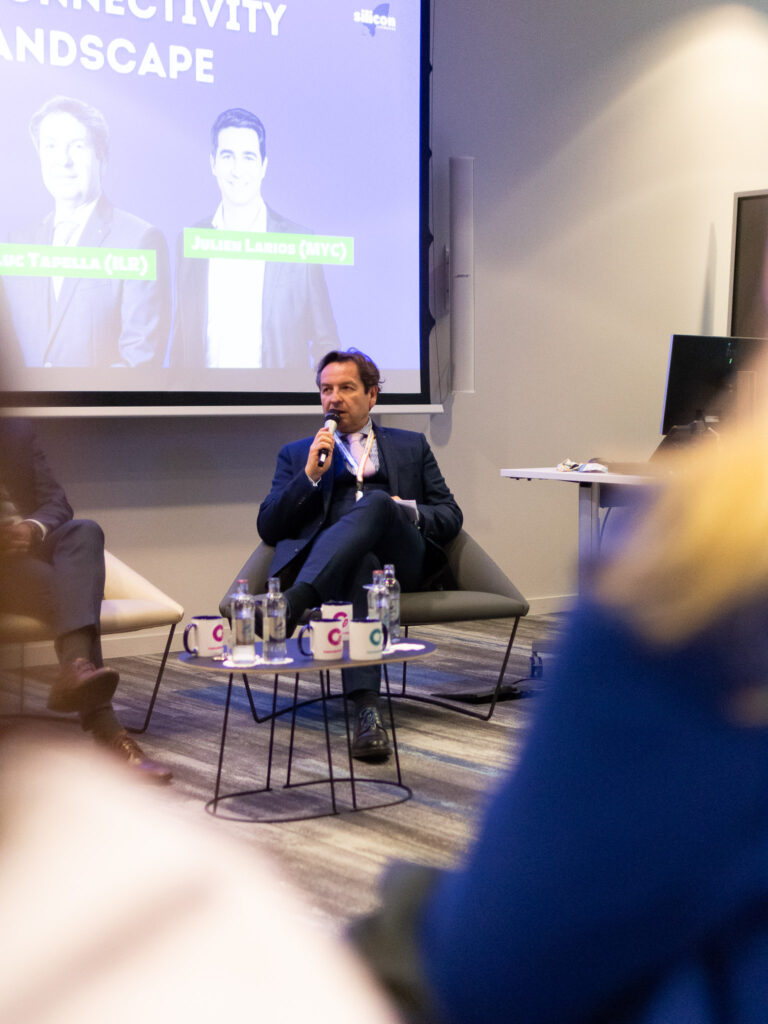
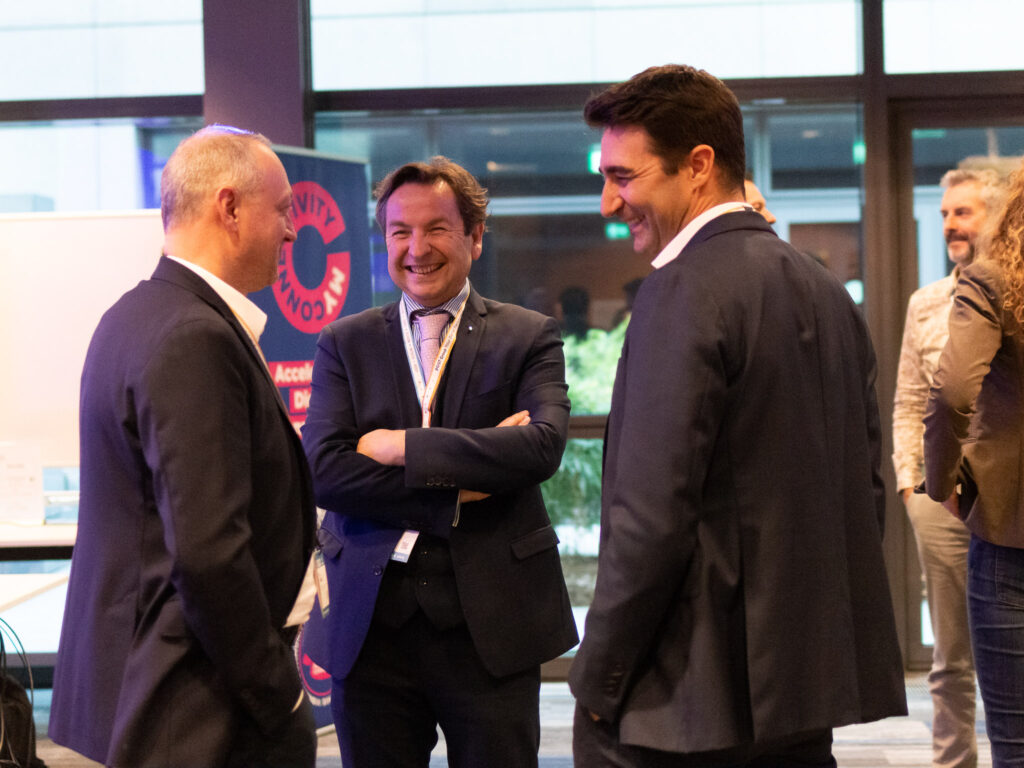
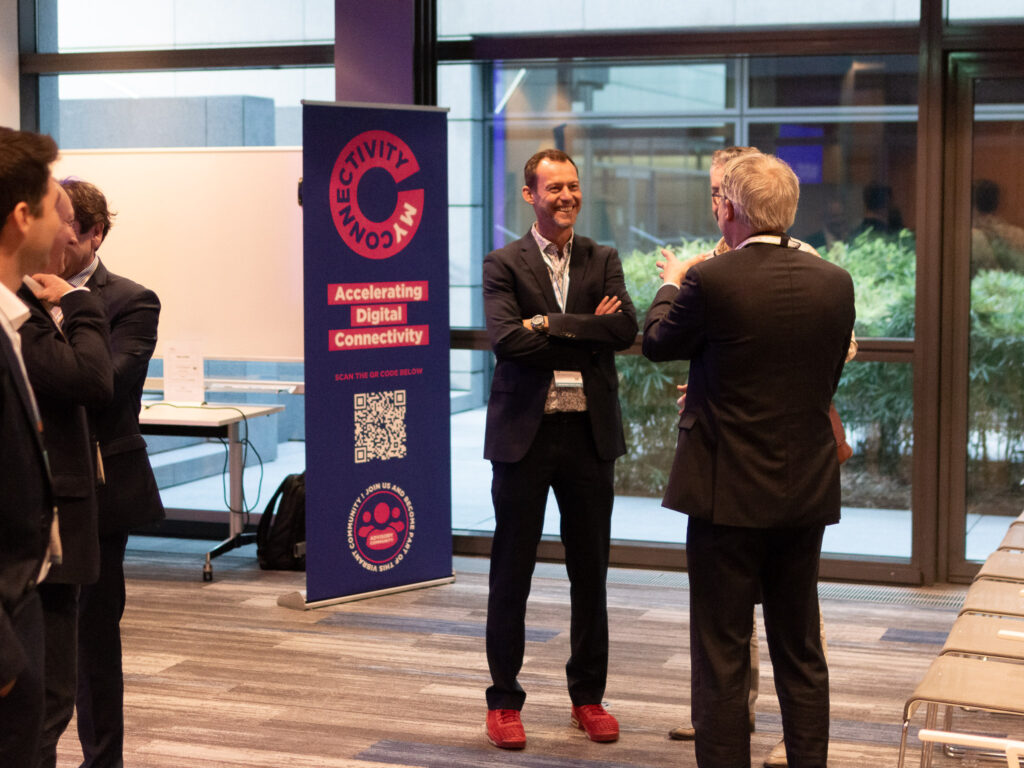
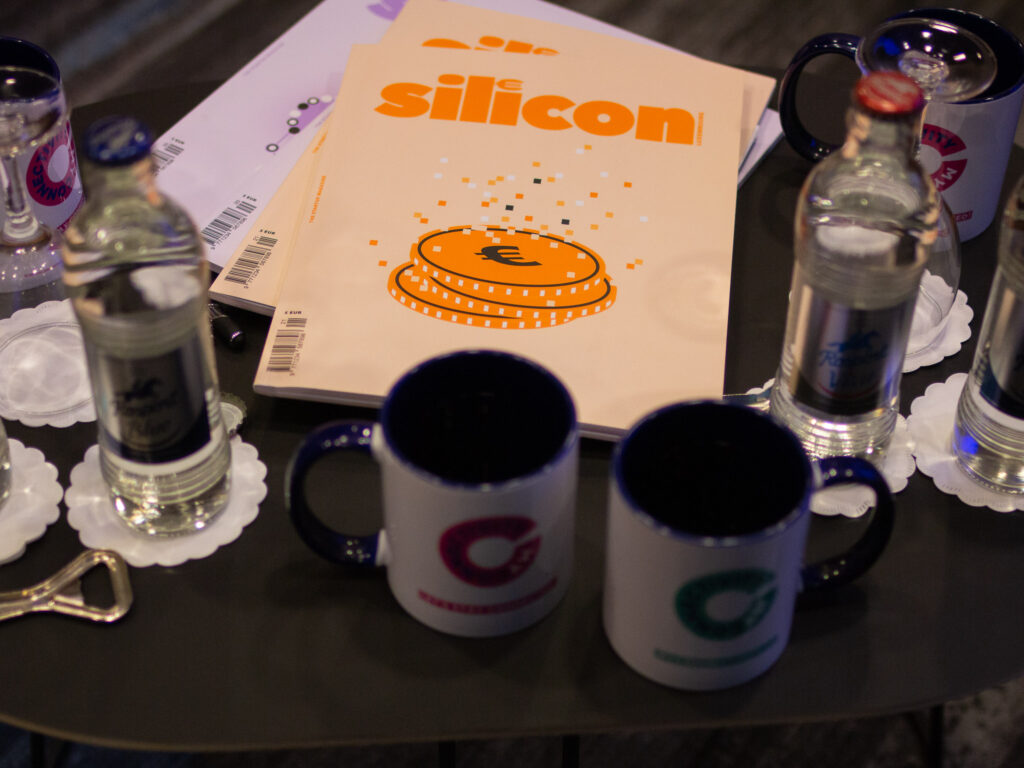
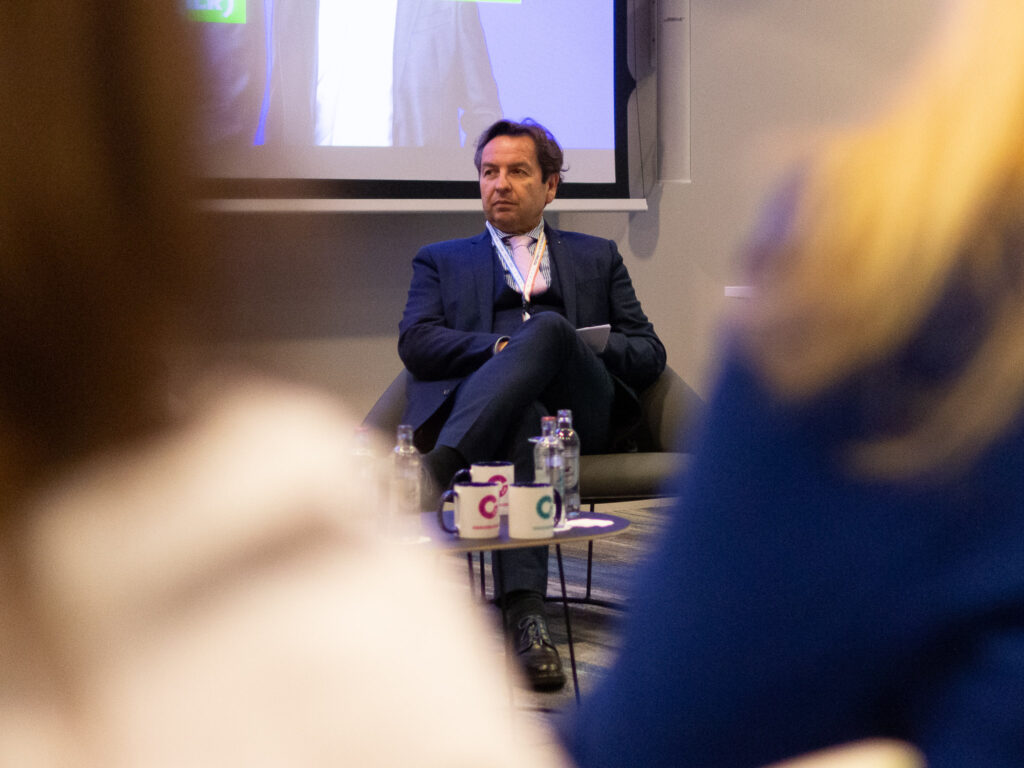
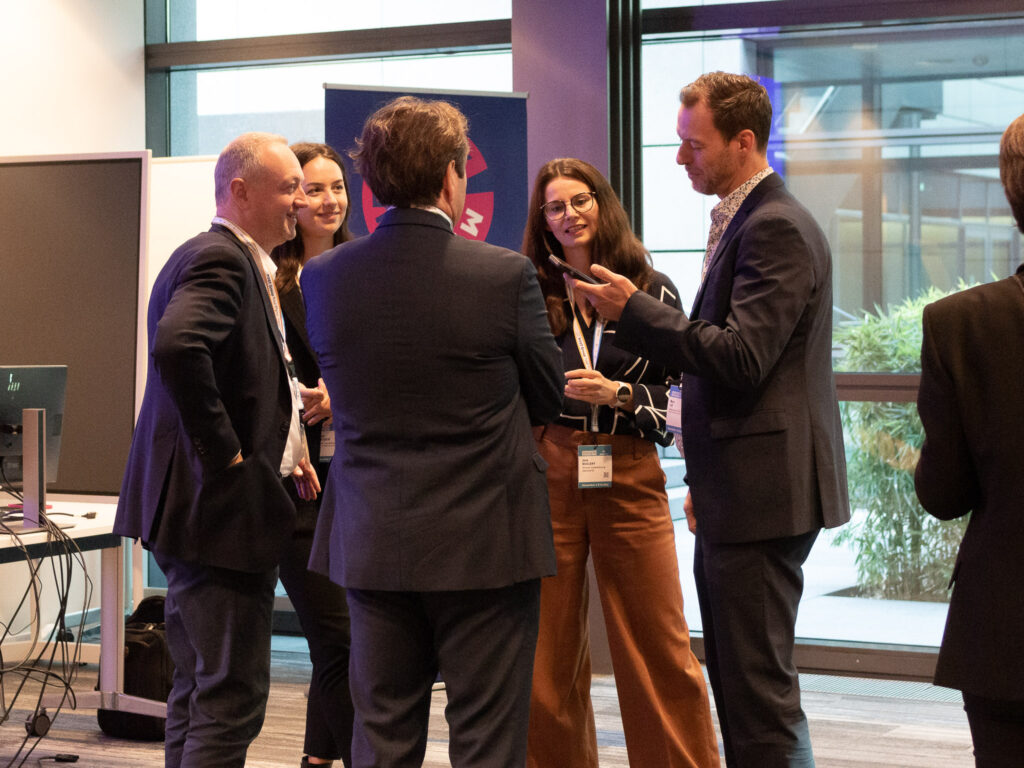
Policy for future-proofing technology
Internet speed user and application requirements have exploded since the 2010 strategy was drawn up. “Back then, downloading mp3 files was a big application […] Nowadays people are streaming and the volumes in quality and reliability make a difference,” said Guy Harles of the SMC, department of media, connectivity and digital policy within the Luxembourg government. To keep up, operators invest for the long-term, which is why it is not sustainable to maintain the copper network alongside modern networks.
The government’s five-pillar connectivity strategy focuses on access to fixed connectivity offering, among other measures, 25,000 low-income households receiving €10 vouchers to cover connectivity costs. Its second pillar focuses on making stakeholders aware about how they can gain better connectivity, while the third examines the “white spots”, regions which do not have the infrastructure for consumers to access high-speed connectivity. “These are by far the most expensive,” said Harles, adding: “We recently proposed a law enabling the state to use public money to make sure that the last 5% of households are well connected.”
“We recently proposed a law enabling the state to use public money to make sure that the last 5% of households are well connected”
Guy Harles of the SMC, the department of media, connectivity and digital policy
The government also created MyConnectivity, an economic interest group that launched in 2021, to provide a dedicated team of experts who can help with policy implementation. “It would be easy to say ‘upgrade your subscription and buy higher speeds’. But, it’s not that simple,” MyConnectivity CTO Julien Larios said. One critical barrier is the technical complexity of the topic. MyConnecitvity research found that more than 70% of consumers could not describe what speed they subscribed to or what they paid for each month. “If you don’t know what you have, how can you make educated decisions or consider an upgrade?” Larios said.
“It would be easy to say ‘upgrade your subscription and buy higher speeds’. But, it’s not that simple”
MyConnectivity CTO Julien Larios
MyConnectivity research also suggests that consumers are not aware they can access high-speed internet through the cable TV coaxial network. To respond to the general awareness challenge, MyConnectivity has launched a communication platform to inform, educate and explain to consumers and small businesses the benefits of connectivity in simple terms. At the end of 2024, the ILR will also launch a price comparison platform, offering greater transparency about connectivity services in Luxembourg.

